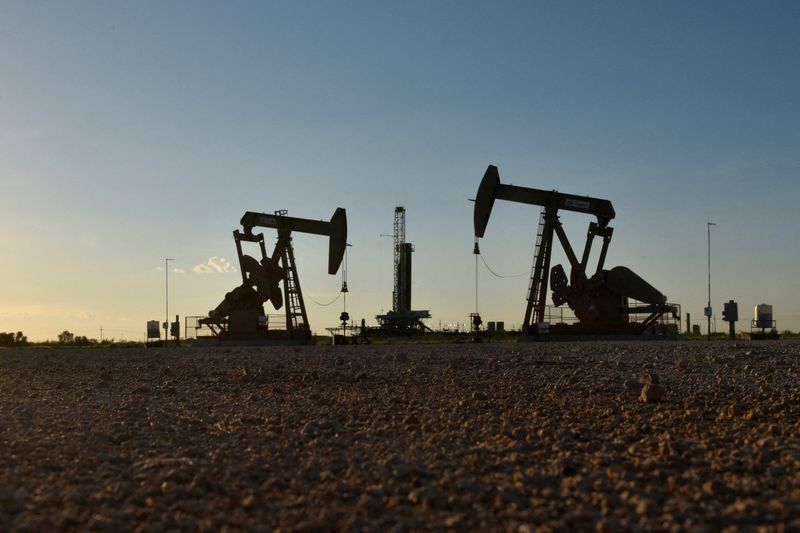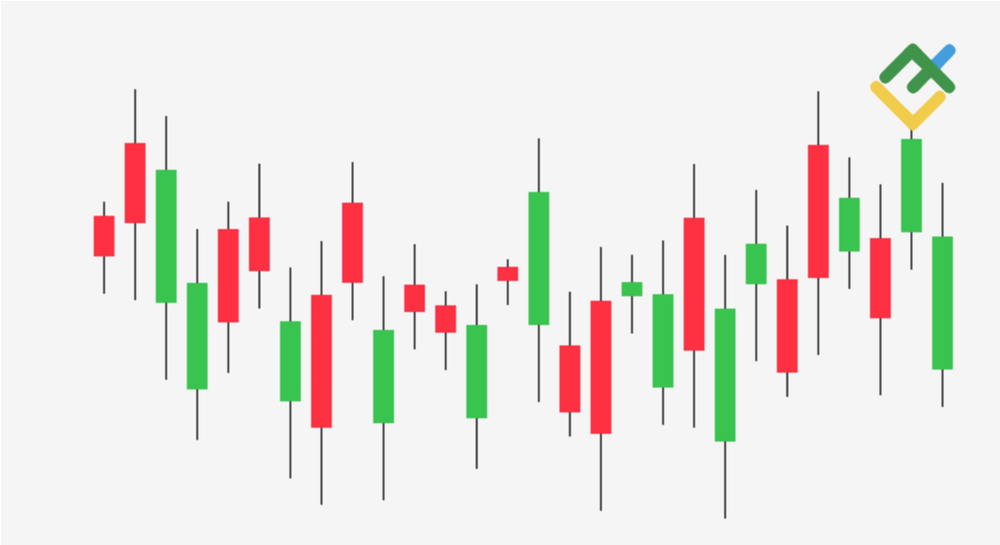
By Georgina McCartney
HOUSTON (Reuters) – Investors ramped up oil futures and options trading in October to record levels in a bid to hedge growing uncertainty as war rages on in the Middle East and a bearish 2025 supply and demand outlook looms, triggering big swings in crude prices.
Hedging can help producers reduce risk and protect their production from sharp moves in the market by locking in a price for the oil. It can also give traders opportunities to profit in times of volatility.
Some 68.44 million barrels of oil in futures and options were traded in October, according to data from the Intercontinental Exchange (NYSE:ICE), surpassing the monthly record hit in March 2020 when Brent futures plummeted roughly $30 per barrel as the COVID-19 pandemic crushed global oil demand.
CME Group (NASDAQ:CME), meanwhile, reported a single day volume record for weekly crude oil options on Oct. 18, with 58,132 contracts traded.
Aegis Hedging, which has a client base with a production profile of about 25-30% of total U.S. barrels of oil equivalent, saw the highest number of trades in October in the company’s history, jumping by around 15% above the previous monthly record.
“Bullish surprises like possible attacks on oil infrastructure are the sorts of events to spur activity among clients and cause jitters in the market,” said Jay Stevens, director of market analytics and fundamentals at Aegis Hedging.
Investors spent much of October waiting on Israel’s response to an Iranian missile attack on Oct. 1, concerned a retaliation could involve strikes on the country’s oil infrastructure. Israel’s strikes some weeks later bypassed Iranian oil facilities and did not disrupt energy supplies.
This shrank oil’s geopolitical risk premium, analysts said, with Brent crude futures tumbling by around $4 a barrel the following trading day.
Brent traded within a wide range in October, with lows and highs swinging between $70 and $81 per barrel. Last quarter, Brent crude futures slid 17%, while West Texas Intermediate crude futures fell by 16%, according to data from LSEG.
“When you see futures prices get very volatile because of geopolitical and a range of other uncertainties, the market often looks to options as a way to manage risk in a more efficient way,” said Jeff Barbuto, global head of oil markets at ICE.
Investors traded more than 8.38 million barrels in Brent options in October on the ICE, surpassing the April 2024 record of 6.02 million barrels.
SLUGGISH DEMAND BALANCE
While geopolitical conflicts pose some upward price risk, traders are also facing a weak fundamentals outlook for 2025.
West Texas Intermediate could average $65 a barrel next year, with a downside of under $50 a barrel if the Organization of the Petroleum Exporting Countries and allies (OPEC+) increase production next year, Tudor, Pickering, Holt & Co analyst Matt Portillo said in a note last month.
“The market is addressing the supply and generally sluggish demand balance,” said Peter Keavey, global head of energy at CME Group. “(Investors are) really turning to the options markets to hedge,” he said, citing the sharp 38% year-on-year jump in average daily volumes of WTI crude oil monthly options traded on the CME last month.
U.S. shale producer Coterra Energy (NYSE:CTRA), which has not hedged a significant portion of its production through the end of this year and next, said it added new derivative contracts in October in its third quarter earnings report.
The company added an additional 305,000 barrels of WTI oil hedges for the fourth quarter of 2024, on top of the 3.68 million barrels it already held. It added another 4.205 million barrels of WTI oil hedges for the remainder of 2025.
Uncertainty around when OPEC+ would unwind its most recent layer of output curbs, a cut of 2.2 million bpd, further stoked producers’ concerns last month and helped buoy hedging activity.

“The outlook has turned sourer for 2025, with projected oversupply,” Aegis’ Stevens said.
OPEC+ ultimately agreed to delay its planned December oil output increase by one month, the group said on Sunday, as weak demand notably from China and rising supply outside the group maintain downward pressure on the oil market.
This post is originally published on INVESTING.







